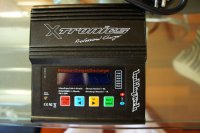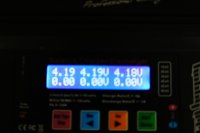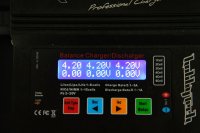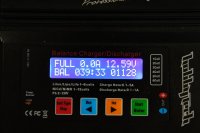Here's a bit of LiPo 101.
Your CellPro PowerLab 6 is an excellent charger and will do everything you need. Your charger, like most recent ones, is more than a charger, it is also a balancer. It attempts to keep the voltage of each cell equal. A fully charged LiPo cell measures 4.2 volts. Hence a full charged 3s is 12.6 volts and a 4s, 16.8 volts. Most of the functions of your charger are automatic. It attempts to bring the low cells up to equal the high cells voltage. The battery cells are charged individually through the balance tabs. This is a good thing, as your not dumping a lot of current into a good cell to try and bring up a low cell voltage. Older chargers did not have this capability and required a separate balancing operation after the battery was fully charged. The balancer would bring the voltage of the high cells down to the level of the lowest cell to keep everything equal. (Similar to our way our public school system works.

This assured that one low cell would cause the balancer to bring the entire battery voltage down to 3 times (for a 3S) the low cell voltage
You should never allow individual cells to go below 3.3 volts. To do so may cause permanent damage. To prevent this, note the current your charger has put into the battery after recharging is complete. The total current added should never be more than 80% of the battery capacity. i.e. a 4000 Mah battery should never take more than 3200 Mah after charging. Your charger has excellent protection features. Plug your battery into the charger and use it to read individual cell voltage before you fly. A new battery will be at 4.20 volts per cell. As the battery ages, you may only get 4.16 per cell, but the cells should be no more than about .002 volts different from each other. Hope this helps.





